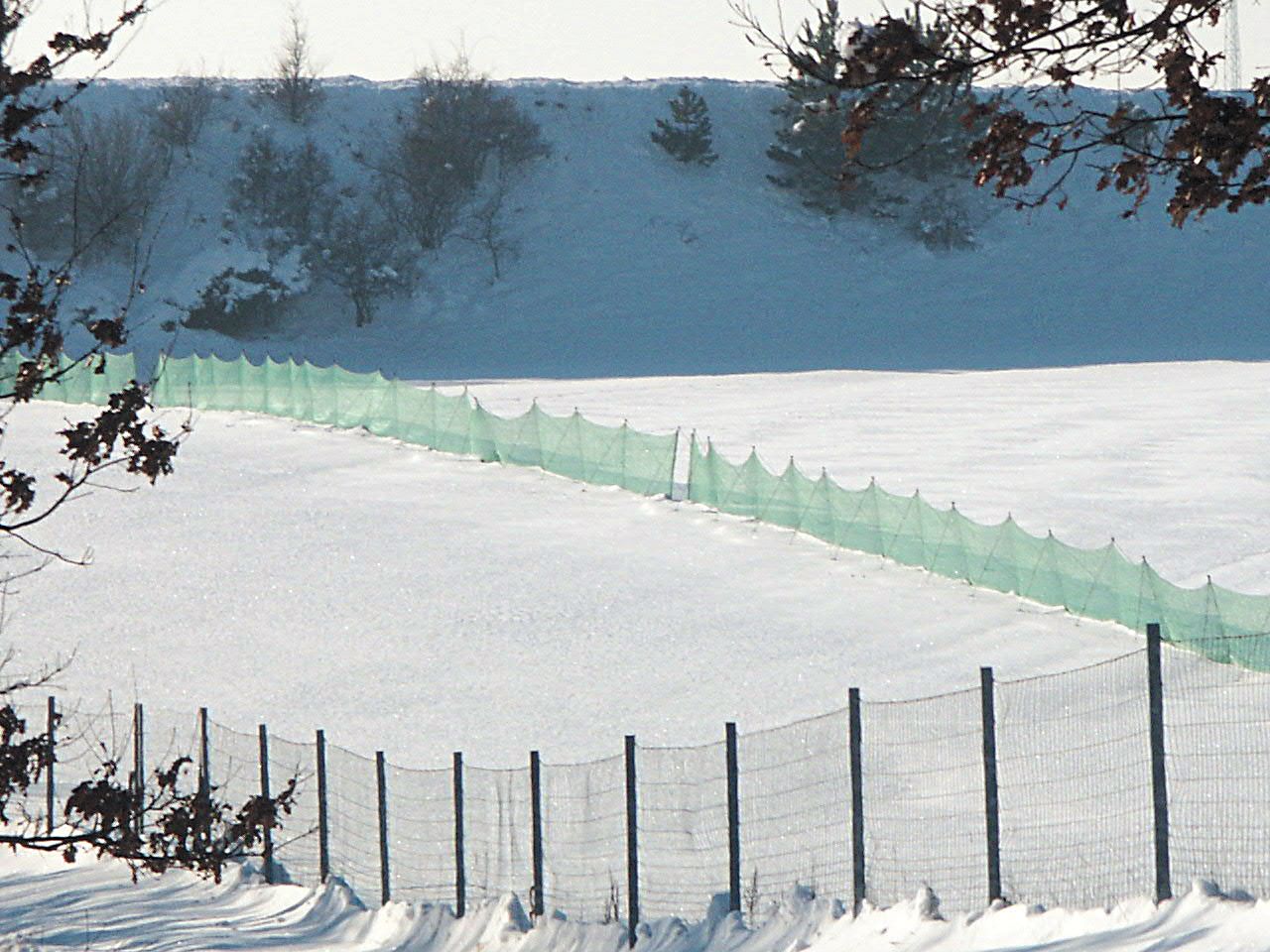

Articles
What Does A Snow Fence Do
Modified: December 7, 2023
Learn about the purpose and benefits of snow fences in this informative articles. Find out how they help control snow accumulation and protect roads and structures.
(Many of the links in this article redirect to a specific reviewed product. Your purchase of these products through affiliate links helps to generate commission for Storables.com, at no extra cost. Learn more)
Introduction
When the winter season arrives, so does the need to protect properties and roadways from the excessive accumulation of snow. One effective solution to mitigate the impact of snowdrifts is the installation of a snow fence. A snow fence, as the name suggests, is a barrier designed to control the movement and distribution of snow in a specific area.
In this article, we will explore what a snow fence is, how it works, and the benefits of using it. We will also discuss the different types of snow fences, factors to consider when installing one, and maintenance tips to ensure its effectiveness. So, let’s dive right in and discover the wonders of the snow fence!
Key Takeaways:
- Snow fences are versatile tools that effectively manage snow accumulation, enhance safety, conserve energy, protect infrastructure, and contribute to environmental preservation, making them invaluable in snowy environments.
- Understanding wind patterns, terrain, snow accumulation goals, and local regulations is crucial for installing and maintaining snow fences. Proper care and strategic placement maximize their benefits and ensure optimal snow management.
Read more: How To Put Up A Snow Fence
What is a Snow Fence?
A snow fence is a specially designed barrier typically made from wooden planks, plastic, or metal mesh. It is strategically placed to alter the movement of snow, preventing or reducing the formation of snowdrifts in certain areas. The fence acts as a physical obstruction, forcing the wind to deposit the snow on one side, creating a controlled accumulation rather than allowing it to build up in unwanted areas.
Snow fences are commonly used in areas prone to heavy snowfall, such as highways, airports, residential properties, and agricultural fields. They serve as a practical and cost-effective solution to minimize the hazards and inconveniences caused by snowdrifts.
The primary purpose of a snow fence is to manage snow accumulation. By redirecting the wind patterns, it prevents snow from piling up in critical areas, such as roadways, driveways, and walkways. This not only improves safety but also reduces the effort and cost of snow removal.
Aside from snow management, snow fences also play a crucial role in conserving energy. By controlling where the snow accumulates, they help optimize the energy consumption required for snow removal and reduce the use of snowplows or snow blowers.
Moreover, snow fences can be used to protect vegetation and crops during the winter months. By creating a controlled snowdrift, the fence acts as an insulating barrier, shielding plants from the harsh cold and wind. This can be particularly beneficial in agricultural areas, where snow can damage or hinder the growth of crops.
Overall, snow fences are versatile tools that serve multiple purposes. They effectively manage snow accumulation, enhance safety, conserve energy, and protect vegetation from harsh winter conditions.
How does a Snow Fence Work?
Understanding how a snow fence works requires knowledge of the principles of wind and snow dynamics. When the wind encounters a snow fence, it is forced to slow down and change direction. This change in wind speed and direction influences the way snow accumulates around the fence.
When wind encounters a snow fence, it creates a region of turbulence called a “wind shadow” on the leeward side of the fence. This wind shadow area experiences lower wind speeds, causing the snow particles to settle and accumulate. As the wind continues to blow, it deposits more snow in this controlled area, creating a gradually increasing snowdrift.
The height and spacing of the snow fence play a crucial role in its effectiveness. The fence should be tall enough to create a sufficient wind shadow and spaced at a distance that allows for optimal snow deposition while minimizing the risk of snow spillover.
Additionally, the design of the fence is important. The presence of gaps or openings in the fence allows some snow to pass through, reducing the force exerted on the fence and preventing it from being blown over. The type of material used for the fence also affects its performance. A solid fence, such as a wooden plank fence, causes more turbulence, resulting in a larger wind shadow and greater snow accumulation.
It is important to note that snow fences do not completely stop the movement of snow. Instead, they redirect and control the accumulation. Some snow may still pass through or around the fence, but the overall impact is significantly reduced compared to unprotected areas.
The success of a snow fence depends on its proper installation and positioning. Factors such as prevailing wind direction, the layout of the terrain, and the desired snow deposition pattern all come into play when determining the optimal location for the fence. Consulting with a professional or experienced snow fence installer can help ensure the fence is strategically placed for maximum effectiveness.
By manipulating wind patterns and controlling snow accumulation, snow fences provide a practical and efficient solution for managing snowdrifts and enhancing safety in snowy areas.
Benefits of Using Snow Fences
Snow fences offer numerous benefits when it comes to managing snow accumulation in various settings. Let’s explore some of the key advantages of using snow fences:
- Safety: One of the primary benefits of snow fences is enhanced safety. By redirecting and controlling the accumulated snow, they help prevent hazardous situations caused by snowdrifts. Clearing snow from roadways, driveways, and walkways becomes easier and safer when snow is concentrated in designated areas.
- Cost-effective: Installing snow fences is a cost-effective solution for snow management. By controlling where the snow accumulates, you can reduce the need for constant snow removal and minimize the use of snowplows, snow blowers, and other equipment. This leads to savings in labor, maintenance, and equipment expenses.
- Energy Efficiency: Snow fences contribute to energy conservation by optimizing the use of resources for snow removal. By strategically placing the fence to control snow deposition, you can minimize the energy expended in clearing large areas while maximizing the effectiveness of snow removal methods.
- Protection of Infrastructure: Snow accumulation can be detrimental to infrastructure such as roads, fences, and outdoor equipment. By utilizing snow fences, you can protect these vulnerable structures from the weight and pressure of excessive snow, reducing the risk of damage and extending their lifespan.
- Crop and Vegetation Protection: Agricultural areas can benefit immensely from snow fences. By creating controlled snowdrifts, the fence acts as a protective barrier for crops and vegetation. This helps insulate plants from the harsh winter conditions, reducing the potential for damage and ensuring healthier yields.
- Environmental Preservation: Snow fences assist in preserving the natural environment. By preventing excessive snow accumulation in sensitive areas, such as wetlands or wildlife habitats, you can maintain the balance and integrity of these ecosystems. Additionally, snow fences contribute to water conservation by controlling the release of snowmelt, preventing floods and erosion.
- Aesthetics: Snow fences can also provide aesthetic value, especially in residential areas. They can be designed to complement the surroundings and add visual appeal to the landscape, enhancing the overall appearance of the property.
These benefits make snow fences a valuable tool for managing snowdrifts and improving safety and efficiency in areas prone to heavy snowfall. Whether it’s a busy highway, a residential driveway, or an open field, snow fences offer a range of advantages that can significantly reduce the impact of snow accumulation and enhance the overall winter experience.
A snow fence helps to control snow accumulation by creating a barrier that causes the snow to accumulate on the downwind side, reducing drifting and creating safer conditions for roads, walkways, and other areas.
Types of Snow Fences
Snow fences come in various types, each designed to meet specific needs and conditions. Let’s explore some of the most commonly used types of snow fences:
- Wooden Plank Fence: This is one of the traditional and widely used snow fences. It is constructed using wooden planks placed vertically or horizontally with gaps in between. The gaps allow some snow to pass through while creating turbulence, leading to larger snow deposition on the leeward side of the fence. Wooden plank fences are durable and relatively easy to install.
- Snow Control Fence: This type of snow fence is constructed using slatted plastic or metal mesh materials. The fence has evenly spaced slats that partially block wind and snow, creating a controlled snowdrift. Snow control fences are lightweight, flexible, and easy to install. They are often used in residential settings or areas with less heavy snowfall.
- Living Snow Fence: A living snow fence utilizes natural vegetation, such as shrubs or trees, to control snow accumulation. The fence is created by planting rows of vegetation perpendicular to the prevailing wind direction. The plants act as a physical barrier, slowing down and trapping snow particles. The living snow fence provides the added benefit of environmental preservation and aesthetic appeal.
- Metal Mesh Fence: Metal mesh snow fences are made from galvanized steel or aluminum. They consist of interwoven wires with small openings, allowing the wind to pass through while trapping snow. Metal mesh fences are durable, long-lasting, and resistant to harsh weather conditions. They are commonly used in industrial settings, highways, and airports where heavy snow accumulation needs to be controlled.
- Burlap Snow Fence: Burlap snow fences are constructed using woven burlap fabric. The fabric’s open weave allows some snow to pass through while creating turbulence and accumulating snow on the leeward side. Burlap snow fences are affordable, lightweight, and biodegradable. They are commonly used in temporary snow control situations or areas where aesthetics are a priority.
The choice of snow fence type depends on several factors, including the desired snow deposition pattern, wind conditions, budget, and aesthetic considerations. Tailoring the snow fence selection to the specific requirements of the location helps maximize its effectiveness in managing snow accumulation and maintaining safety.
Read more: What Does Snow Mold On Grass Look Like
Factors to Consider When Installing a Snow Fence
Installing a snow fence requires careful consideration of various factors to ensure its effectiveness and suitability for the specific location. Here are some important factors to keep in mind:
- Wind Patterns: Understanding the prevailing wind direction and intensity is crucial when determining the placement of the snow fence. Analyzing wind patterns helps identify the areas where snowdrifts are most likely to form, allowing for strategic placement of the fence.
- Terrain and Landscape: The topography and layout of the land influence the behavior of snowdrifts. Areas with natural features such as hills, valleys, or slopes may require careful assessment to determine the optimal positioning of the snow fence. Identifying potential obstructions or uneven ground is essential to prevent snow spillover or blockages.
- Snow Accumulation Goals: Clearly defining the desired snow accumulation pattern is crucial. Are you aiming for complete snow control or selectively redirecting the snow? Understanding the desired outcome helps determine the height, spacing, and materials of the snow fence needed to achieve your goals.
- Distance from Protected Areas: Consider the distance between the snow fence and the areas you want to protect or keep free of snow accumulation. Ensure that the fence is positioned at an adequate distance to prevent snow spillover or damage to structures.
- Fence Design and Material: The choice of snow fence design and material plays a significant role in its effectiveness. Consider factors such as fence height, spacing, and the ability to create turbulence or control snowdrifts. Evaluate the durability, longevity, and maintenance requirements of the materials to select the most suitable option for the specific conditions.
- Local Regulations and Permits: Check with local authorities and consult any applicable regulations or permits necessary for installing a snow fence. Some areas may have specific guidelines or restrictions that need to be followed for proper installation.
- Professional Consultation: If you are unsure about the ideal placement or design of a snow fence, consulting with a professional or experienced snow fence installer can provide valuable guidance. They can analyze the site conditions, assess the requirements, and offer expert advice tailored to your specific needs.
Considering these factors will help ensure that your snow fence is installed in the most advantageous manner, effectively mitigating snowdrifts and enhancing safety in snowy environments. An informed and strategic approach to snow fence installation yields the best results and maximizes the benefits of snow management.
Maintenance and Care of Snow Fences
To maintain the effectiveness and longevity of a snow fence, regular maintenance and care are essential. Here are some important considerations for maintaining and caring for your snow fence:
- Inspections: Regularly inspect the snow fence to identify any damage, wear and tear, or potential issues. Check for loose or broken components, such as planks, wires, or posts. Promptly repair or replace damaged parts to ensure the fence is functioning optimally.
- Clearing Snow: After a snowstorm, it’s important to clear snow accumulation around the snow fence. Excessive snow buildup can weigh down the fence, potentially causing damage or compromising its effectiveness. Clearing the snow also helps maintain the desired snow deposition pattern and prevents spillover.
- Vegetation Management: If you have a living snow fence composed of vegetation, proper vegetation management is essential. Trim and prune plants regularly to prevent overgrowth, which can obstruct the effectiveness of the snow fence. Remove any dead or diseased plants to maintain a healthy and robust living snow fence.
- Debris Removal: Remove any debris, leaves, or branches that may accumulate near or on the fence. Debris can hinder the proper functioning of the snow fence and affect its snow management capabilities. Keep the area around the fence clear to ensure optimal performance.
- Seasonal Adjustments: Depending on the changing seasons, you may need to adjust the positioning or height of the snow fence. Consider the wind patterns and snow accumulation expectations for different seasons and modify the fence accordingly. This flexibility ensures that the snow fence remains effective throughout the year.
- Protective Measures: Apply protective measures to extend the lifespan of the snow fence. This may include applying a protective coating to wooden fences to prevent rotting or applying anti-corrosion treatments to metal fences. Taking proactive steps to protect the fence from environmental factors can significantly enhance its durability.
- Regular Maintenance Schedule: Establish a regular maintenance schedule for your snow fence. This can include routine inspections, clearing snow as needed, and addressing any necessary repairs promptly. Adhering to a maintenance schedule ensures that the snow fence remains in optimal condition and continues to effectively manage snow accumulation.
By implementing proper maintenance and care practices, you can prolong the lifespan and maximize the performance of your snow fence. Regular inspections, proactive measures, and timely repairs will ensure that the snow fence functions effectively, enhancing safety and snow management in your desired areas.
Conclusion
Snow fences are undoubtedly valuable tools when it comes to managing snow accumulation and enhancing safety in areas prone to heavy snowfall. By redirecting wind patterns and controlling the formation of snowdrifts, snow fences provide a practical and cost-effective solution for snow management.
Throughout this article, we have explored the purpose and functionality of snow fences, the benefits they offer, the different types available, factors to consider during installation, and the importance of maintenance and care. Understanding these aspects is crucial for achieving optimal results and maximizing the advantages of snow fence usage.
Snow fences improve safety by preventing hazardous snowdrifts and reducing the need for constant snow removal efforts. They are cost-effective, helping to conserve energy and minimize maintenance expenses. Snow fences also protect infrastructure, preserve vegetation, and contribute to environmental conservation.
When installing a snow fence, factors such as wind patterns, terrain, snow accumulation goals, and local regulations need to be considered. Selecting the appropriate design and material for the fence ensures its effectiveness and longevity. Regular maintenance, including inspections, snow clearing, and vegetation management, is essential for ensuring the snow fence operates at its best.
In conclusion, snow fences are versatile tools that provide numerous benefits in snowy environments. By effectively managing snow accumulation, they improve safety, reduce costs, protect infrastructure, preserve vegetation, and contribute to environmental preservation. By understanding the principles and factors involved in snow fence installation and maintenance, you can harness their full potential, creating controlled snowdrifts and enhancing the winter experience.
Frequently Asked Questions about What Does A Snow Fence Do
Was this page helpful?
At Storables.com, we guarantee accurate and reliable information. Our content, validated by Expert Board Contributors, is crafted following stringent Editorial Policies. We're committed to providing you with well-researched, expert-backed insights for all your informational needs.


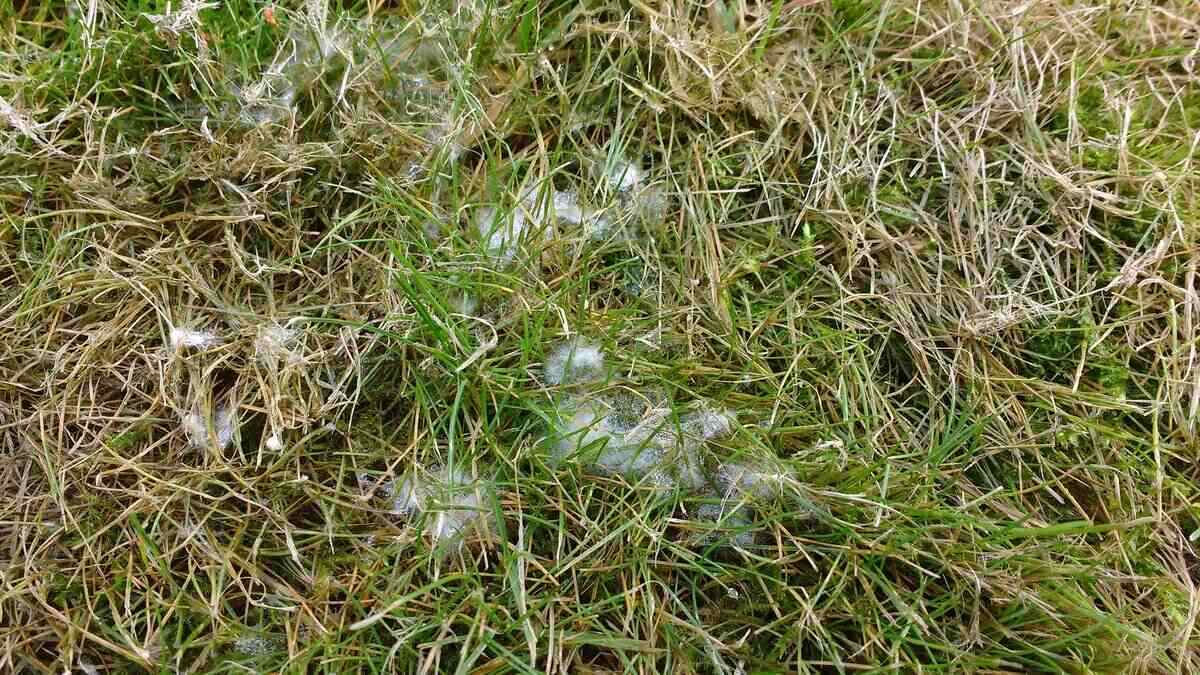
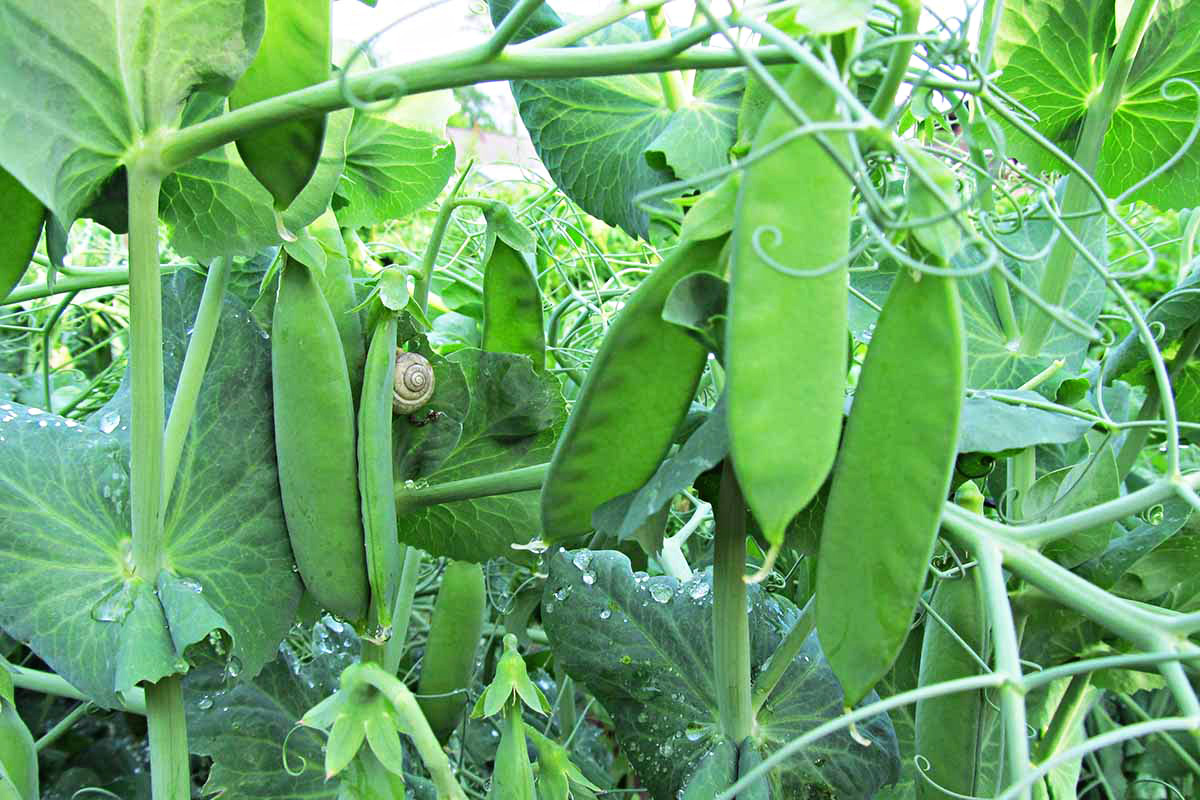
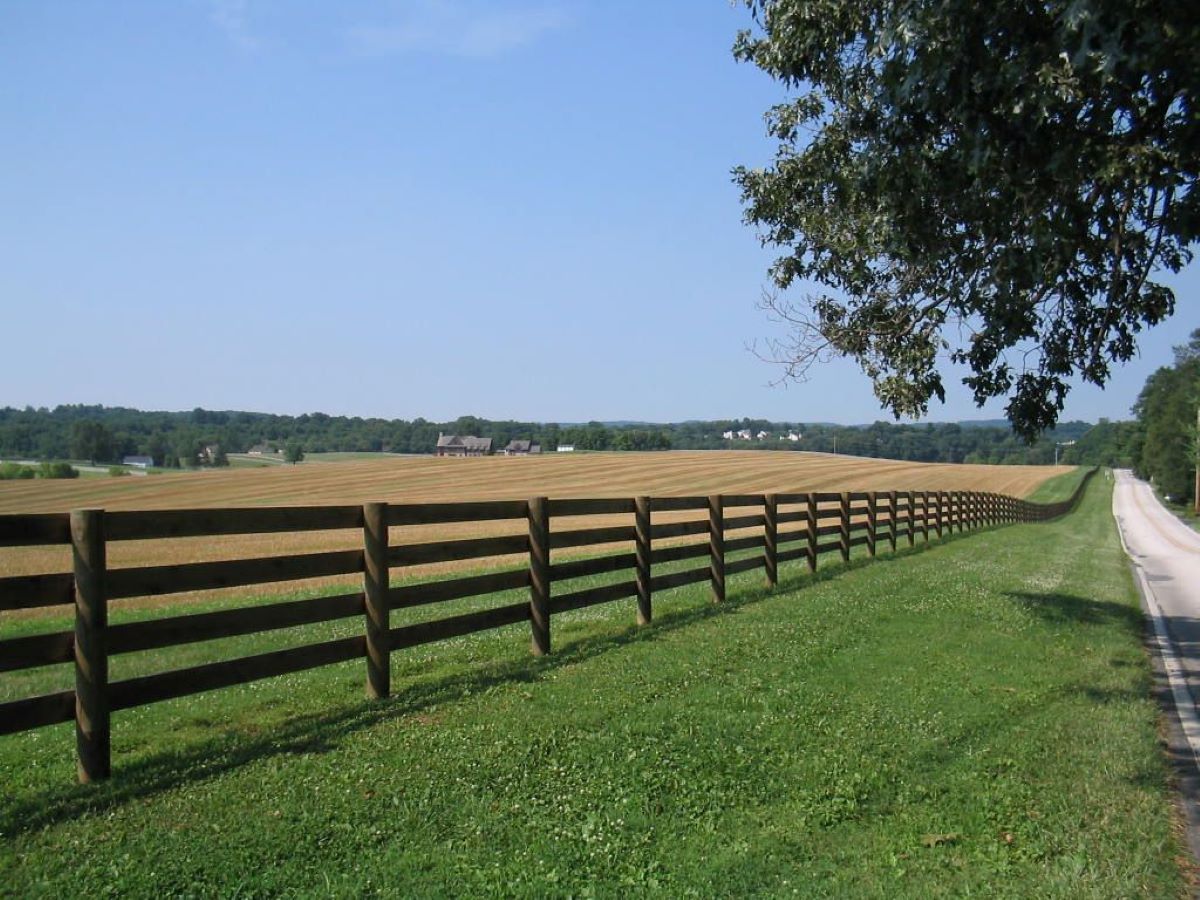
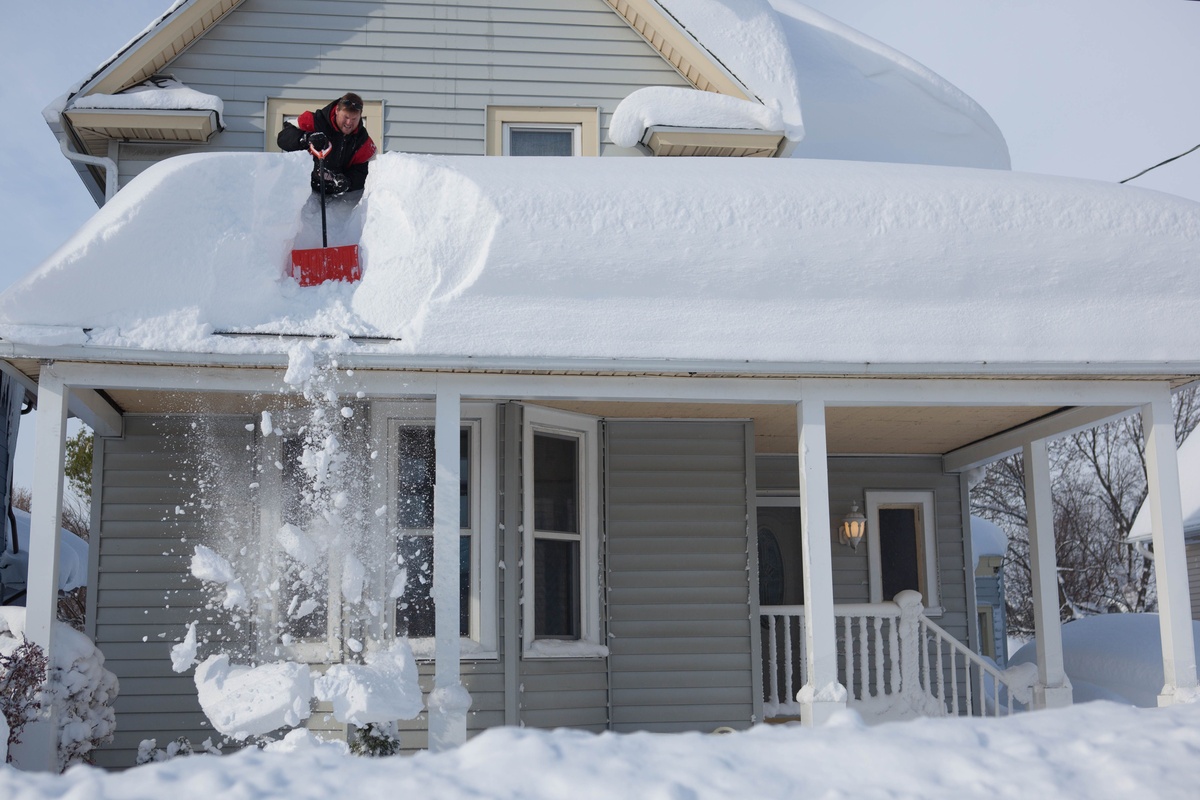
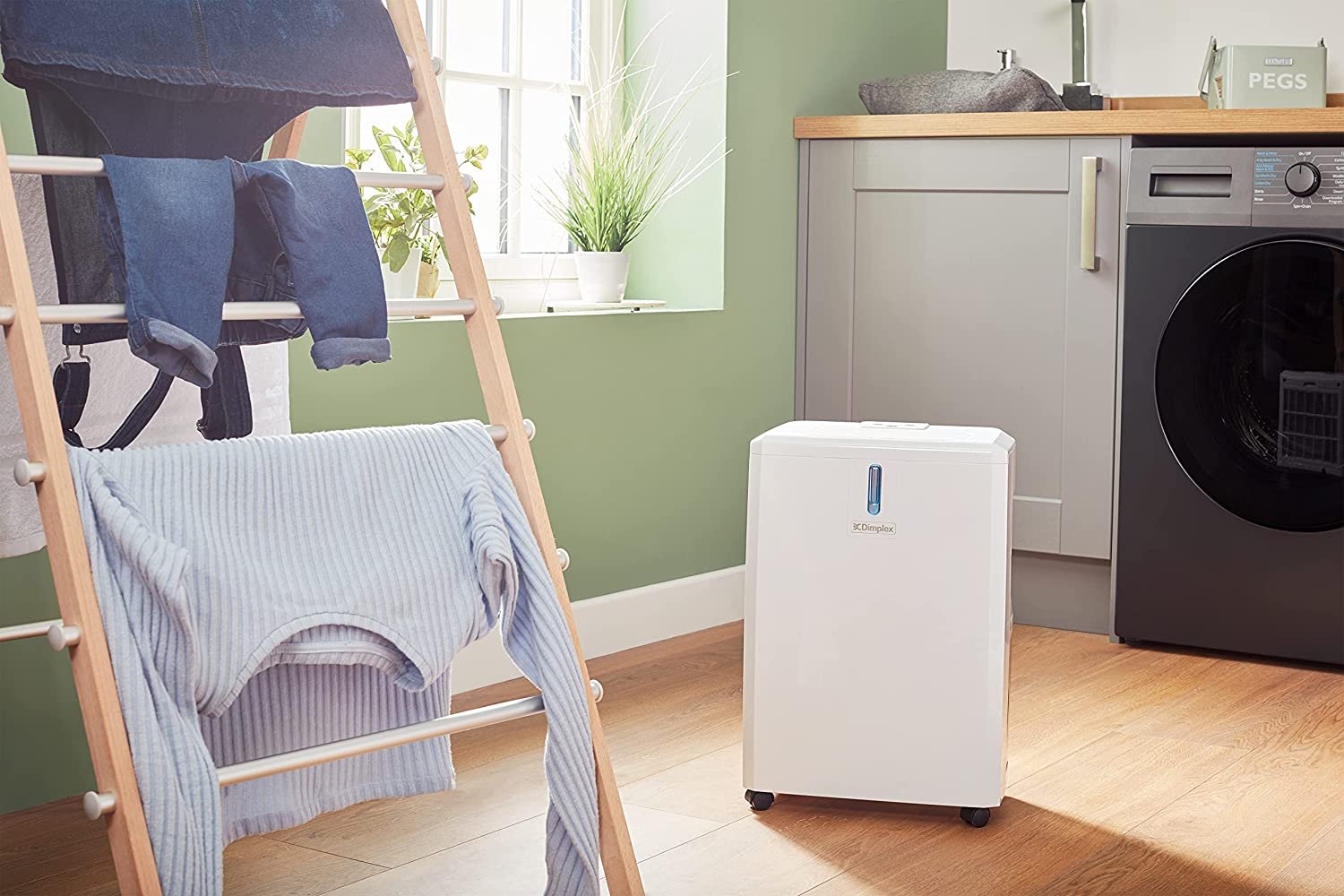
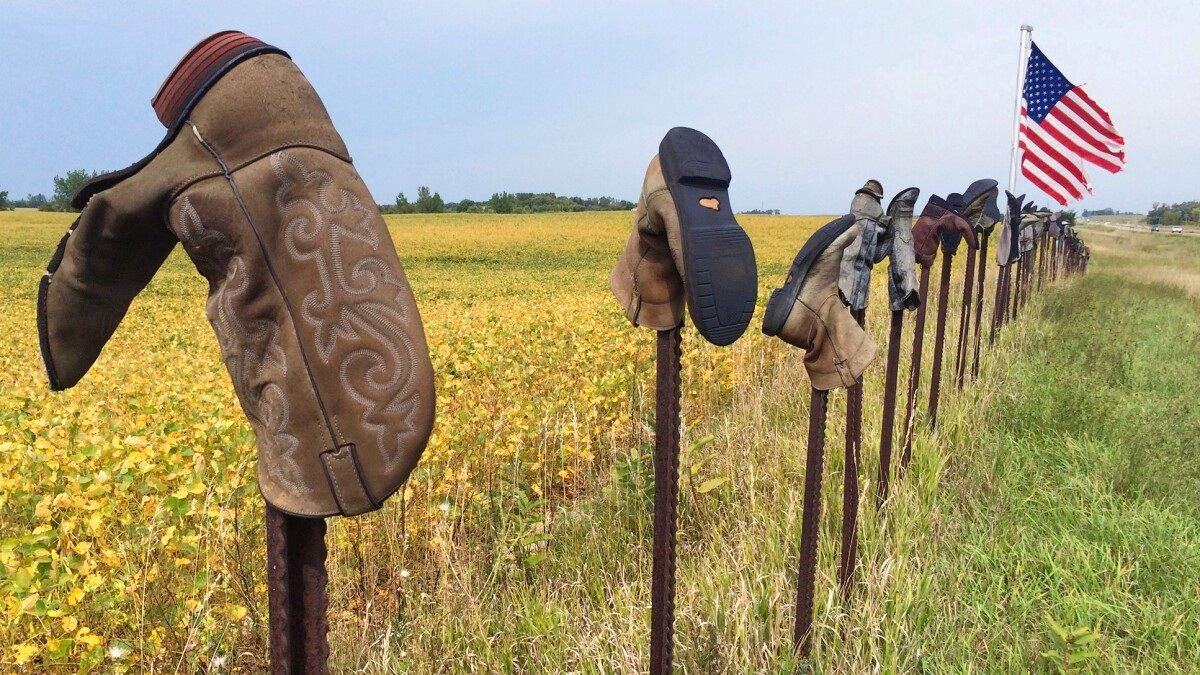

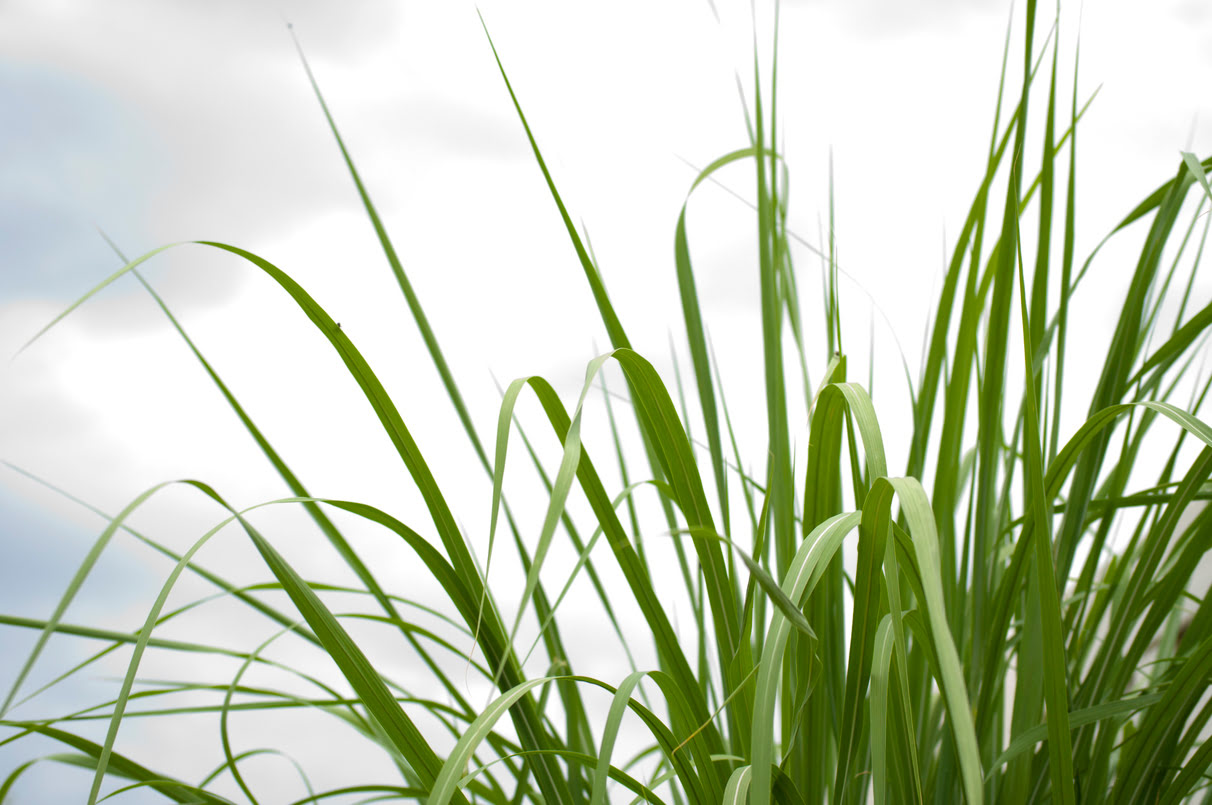

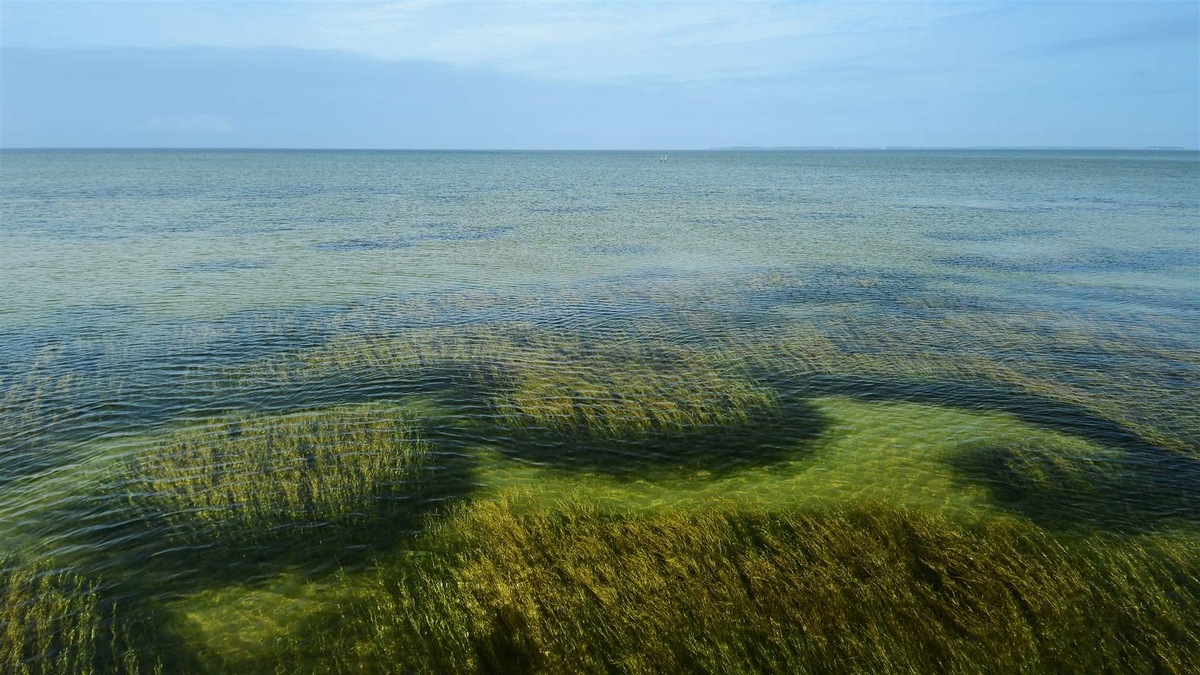
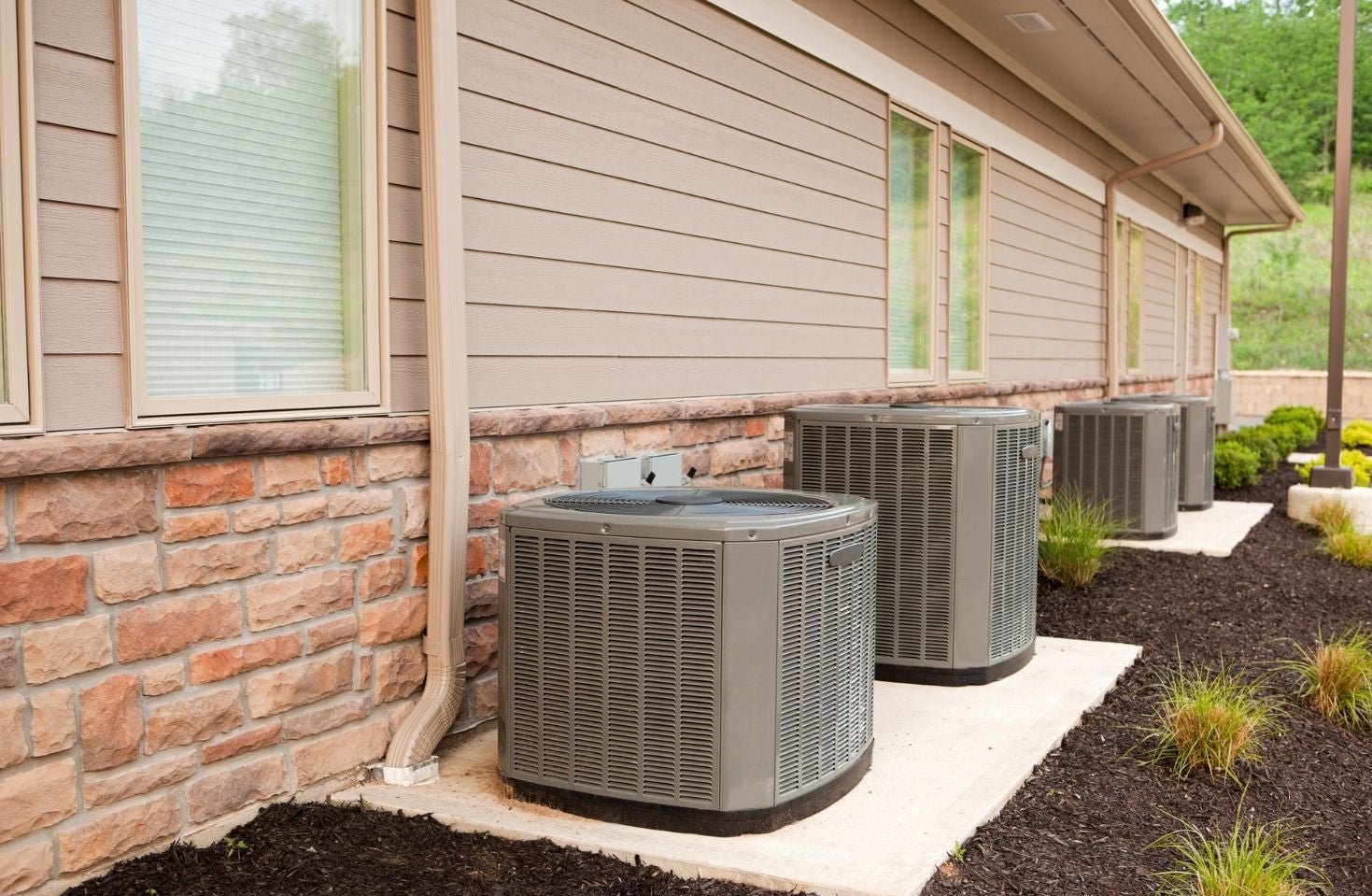
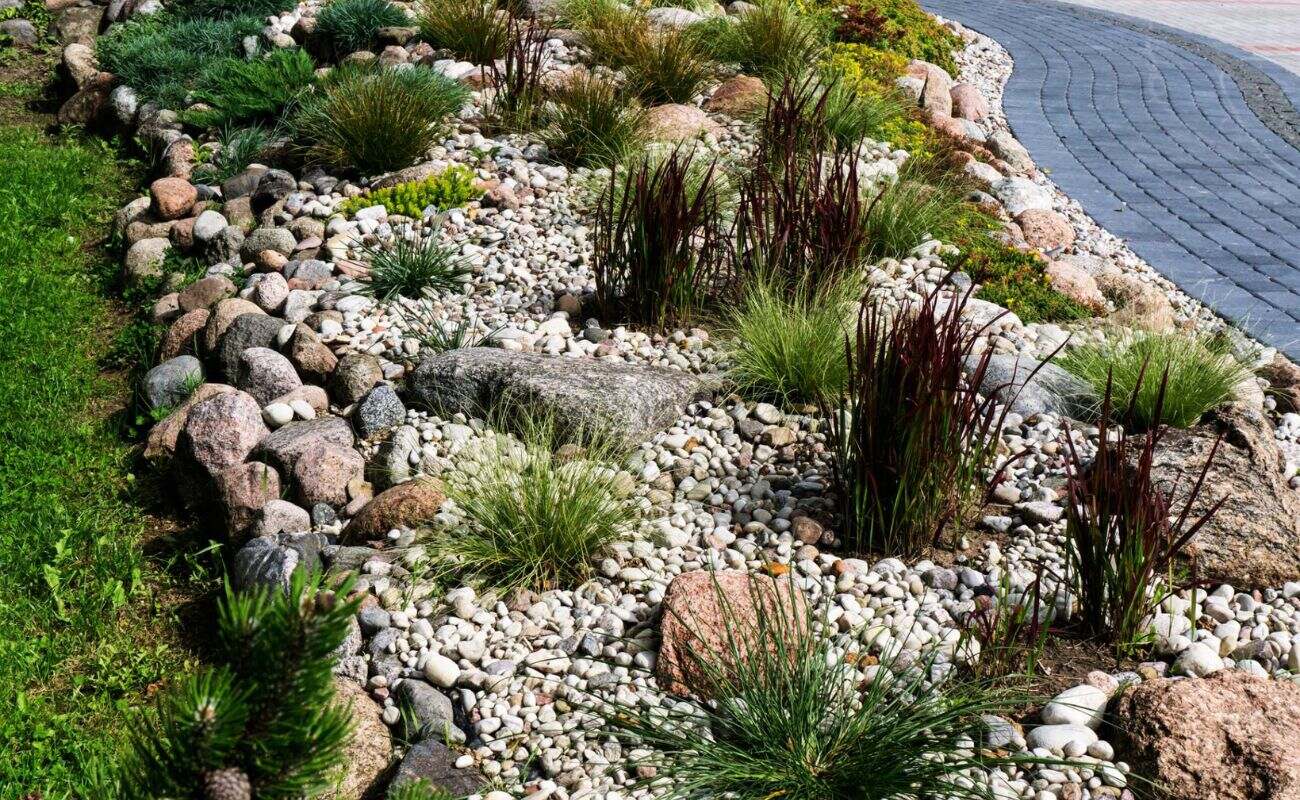

0 thoughts on “What Does A Snow Fence Do”